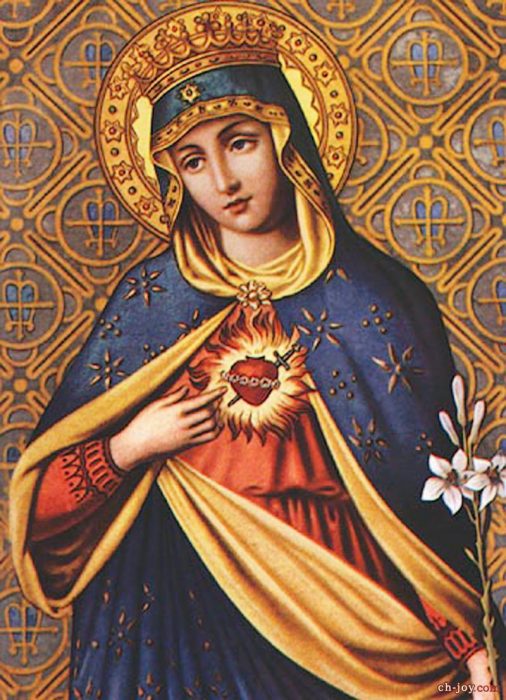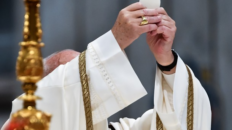Did I have a relationship with Our Lady when I was growing up? If you had asked me, I would have said yes. After all, I recited the rosary. I prayed the Angelus. One year in high school I even memorized the “Litany of Loreto” as my Lenten resolution.
But as I came to know myself better, with all my flaws and weaknesses, I realized something: even though I asked for Mary’s help, I didn’t authentically speak with her. I couldn’t see her as a true mother, friend, or role model.
Why not?
Because she was perfect.
And I…I could see very clearly that I was anything but perfect.
I assumed that she couldn’t understand my weaknesses because she had never experienced the inclination to sin as I had, or the discouragement that comes from falling.
She certainly couldn’t relate to my struggles because, as a perfect person, she would never be upset or anxious…right?
When we look at traditional artwork of Our Lady, she is usually portrayed as beautiful, glorious, and stoic, enthroned in Heaven as the sweet but solemn Queen of All Saints—she doesn’t quite look like someone who could empathize with your heartache or your frustration with character flaws that cause you to stumble over and over and over again.

But over the last few years, I’ve come to see Mary in a new way.
I think there are different kinds of misconceptions about the Immaculate Heart of Mary that we can fall into, and faulty understandings of what “perfect” and “immaculate” really mean, both in theory and in practice.



